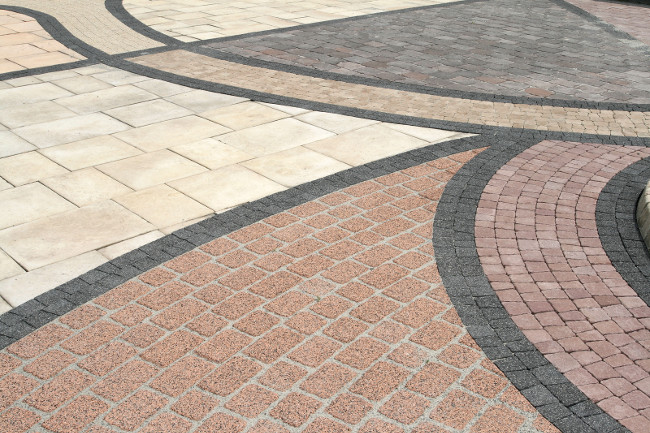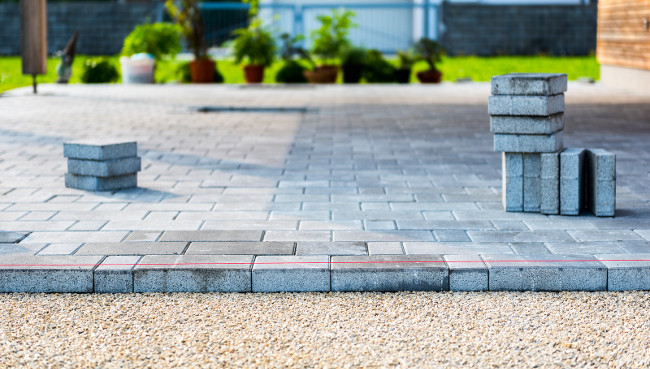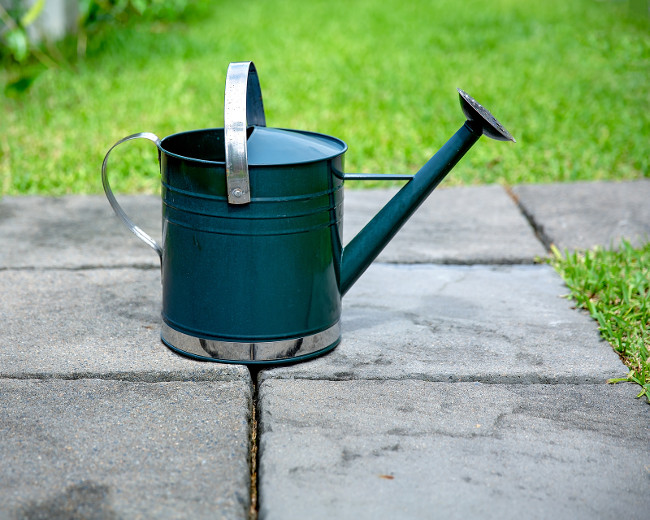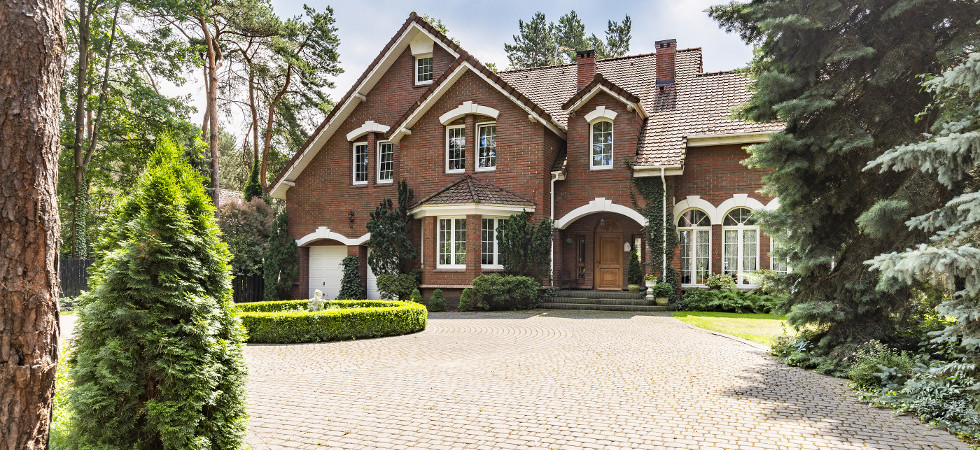Block paving. It might sound boring, but this simple decorative technique can be a quick and easy way to inject a little glamour and sophistication into your home. Whether it’s your patio, driveway or garden path that’s in need of a little TLC, block paving can transform your outdoor space in no time, upping the curb appeal to the maximum and creating a great first impression for visitors, too.
Block paving has fast become one of the most popular residential choice in the UK when a long lasting, hardwearing and attractive surface is needed, so it’s an added benefit that it looks good, too. It can be easily integrated into different areas of your property with impressive results, and with a range of decorative patterns and colours on offer, you can get as creative with it as you like.
Even the simplest paving areas, such as small patio landings, will give homeowners years of benefits. Not only will they look good, but they can even add value to your home – and let’s face it, when luxury is the name of the game, it’s an investment more than worth making.

So What Is Block Paving, Anyway?
Block paving is a type of decorative technique commonly used in creating a hardwearing surface to be used as a patio area or driveway. Its main advantage of is that the bricks used to make up a paved surface can be removed and then put back in place again – so if you fancy mixing things up a bit, changing the pattern or adding some accent colours then the possibilities are endless.
The fact that the blocks can be removed and replaced with ease also allows remedial work to be done under the surface of your paving without being noticeable on the surface, making them as practical a choice as they are aesthetically pleasing.
There are three types of block paving to choose from, each as versatile as the next – though some laying styles are limited to one on the other, so it’s wise to choose carefully.
Standard block pavers are all a standard size, so they lend themselves very easily to stretcher bond, basket weave or herringbone patterning. All these patterns are best used for a specific purpose like edging, circles, borders or large areas. Tegula paving, meanwhile, is comprised of patterns made from three different sized blocks; large, medium and small. Patterns can be made with all three sizes, two sizes, or just one, making for an interesting and intricate effect that will add interest to any outdoor space.
Natural cobbles are another popular choice, and are what people sometimes refer to as driveway paving stones. They can be laid in many types of patterns, from floral to square patterns, circles, or swirling curves.

Advantages of Block Paving
The advantages of block paving are endless, with a large selection of colours and designs on offer and a variety of shapes and sizes. If correctly installed, block paving is easy to repair, maintain, and if you need to access underground services, it is easy to reform by just replacing the existing blocks.
A viable investment, it’s guaranteed to increase the value and adds to the beauty of your abode. The average cost of labour (outside of London) according to homeguides for block paving can cost around £45 per m2 – worth the small spend for the stunning results guaranteed.
It’s also intended for prolonged existence, and if well maintained and installed, it’ll be a lasting feature of your home.
Maintaining Block Paved Areas After Installation
A considerable amount of money and time will be put into the installation process of block paving, and regular maintenance is required to keep this outdoor centrepiece looking its best.
Regular cleaning is essential. Harsh chemicals and cleaners should never be used in this process, as the chemicals they contain can break down the paving materials used to bond the blocks together, weakening them and decreasing their shelf life.
For best results, spray them down with water from a garden hose on a weekly basis. This is enough to remove debris and dirt and keep your garden or driveway area looking brand new.
If you want to use a cleaner to get rid of mildew or mold, use a simple solution of water and dishwashing detergent. Household brooms or mops can also loosen stubborn debris that might gather in the block-paved surfaces.

Repairing Chips and Cracks in Block Paved Areas
Despite your best efforts, the occasional crack or chip in your block paving will be inevitable, especially after several years of use. These can be filled in using paving patches that can be bought at any home improvement store in your area – you’ll never know the damage is there.
Repairing these problem areas in the paved surface can reduce the likelihood that bigger problems will need to be fixed later on, too – so it’s wise to stay ahead of any issues to minimise and issues further down the line.
Although flowers, plants and water features might seem like more exciting ways to brighten up your outdoor areas, start from the bottom up, and you’re guaranteed success. When looking to create a luxury garden or front entrance, it pays to consider every last detail. After all, first impressions count.






















